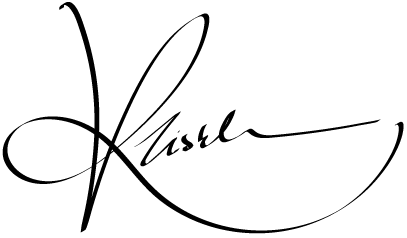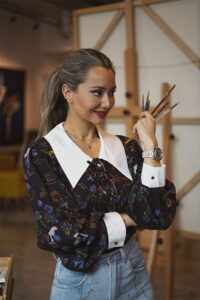When it comes to creating art, be it as a hobby or as a fulltime profession, one has to wonder whether they are better off being self-taught or getting a formal art education in their chosen creative field. Having been a full-time artist for many years now, I always get asked this question from a wide array people: from concerned parents with artistically inclined children to corporate professionals looking for their next big change. It is a question that requires serious thought and consideration from all angles, as we are trying to plot the best course of action to maximise our artistic potential.
Therefore, to tackle this debate of being self-taught vs being formally trained, I thought why not write a whole blog exploring the pros and cons of both the methods.
Self-Taught
What does it mean to be a self-taught artist? To put it simply, a self-taught artist is someone who has taken the initiative to discover and study art techniques and history on their own by experimenting and practicing without any academic structure or oversight. In this age of the Internet, we all have access to numerous free resources online that can be used to inform and develop our art practice.
The list of accomplished artists who are self-taught includes Frida Kahlo, Henri Rousseau, Jean-Michel Basquiat.
So, let us take a look at the pros and cons of going down the “self-taught” route:
The Pros:
- The greatest pro for being a self-taught artist would be the unrestricted flow of your creativity and artistry. You will be able to explore all sorts of art mediums, techniques and ideas without the restriction of time and the pressure of assignments and scores. I believe, artists who are self-taught have a better understanding of their learning style and respond well when they are able to explore their creative potential outside the academic structure.
- The harsh reality of learning and creating art is how expensive all of it can be. When you take on the responsibility of being your own art teacher, you are taking the most economical approach to expanding your art knowledge. Yes, you will have to buy your own artist materials but that will be your only financial investment. The time, effort and commitment are the other investments that you will have to make in order to thrive being a self-taught artist.
The Cons:
- Being able to learn and succeed as a self-taught artist requires incredible amounts of discipline, effort and time. Essentially, you will be in-charge of what you are learning, how quickly you are learning and how much practice you are getting. This is a considerable amount of responsibility that can be paralyzing or demotivating for creatives who get overwhelmed without structure or guidance.
Being a formally trained artist
Now we come down to the other potential path that can be taken to realize your creative potential: formal art training. This is an umbrella term that covers a number of ways that you can go about getting a formal education in arts; this can include going to an art school right out of high school and getting a 3 year degree which runs the gamut from art fundamentals to complex creative concepts. It can also include certified art retreats and painting workshops focused on particular techniques with a certificate being issued at the end of the training. To sum up: in this scenario, the budding artist goes through a formalised structure of art instruction from certified teachers resulting in a degree/certificate being awarded.
Some iconic artists that have benefited from a formal arts education include Andy Warhol, Pablo Picasso and Salvador Dali.
Let’s see what the pros and cons of this are…
Pros
- With formal art training, an art student benefits from the structure and support that is provided by the teachers and the institutions itself. They are able to receive first-hand knowledge from individuals who have practical experience in the industry and a wealth of theoretical knowledge about various art mediums and their history. Additionally, being committed to a formal training programme helps foster motivation and curiosity to focus on refining your arts practice.
- Being enrolled into a creative arts programme helps budding artists get exposure to all sorts of art and work of previous artists that they would not have discovered otherwise. Additionally, working along side other students, they are able to build and participate in an art community of their own which can help them network and make advantageous contacts in the industry.
Cons
- To put it bluntly, any sort of formalized art training in any manner costs money. Sometimes, a lot of it. It is a worthy financial investment to make if you are passionate and committed to your artistic pursuit, but it can be a hefty one. If you have the resources, this might not be that big of an issue however it is a deterrent for a vast majority of amateur artists out there.
With that, we have explored various advantages and disadvantages of both the options that a hopeful artist can make to improve themselves. Regardless of what path they decide to take, one thing is for certain: in order to become a successful artist, commitment and passion to your craft and creativity is a must. You can enrol in the most expensive and prestigious of art programmes, but it would not matter in the end…
Shop my artwork collection here.
Check my digital artwork collection here.


